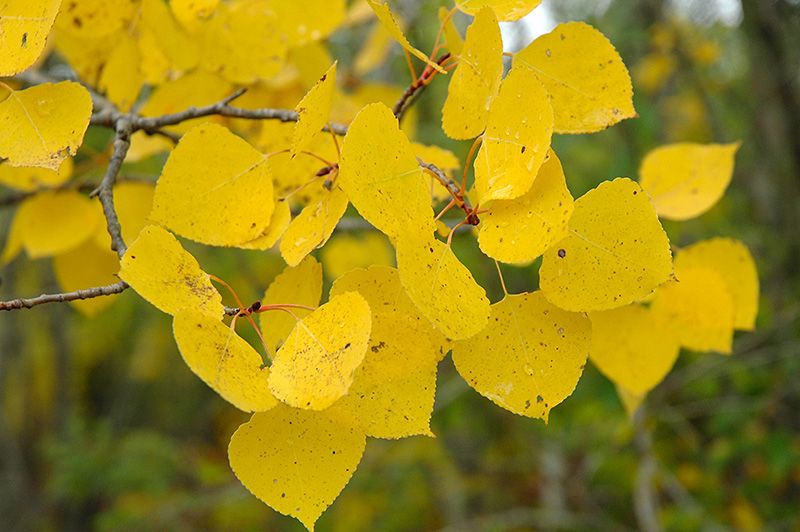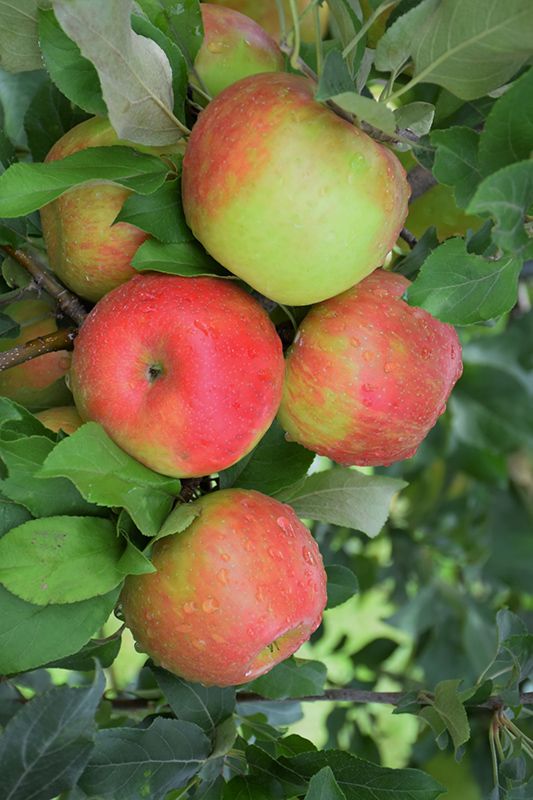Amelanchier, Serviceberry Tree 'Spring Flurry®' (Large)

- Sun Preference
- Full-Sun
As low as $309.00
Description
Forms an upright, pyramidal shape with a strong central leader. White flowers cover the branches in spring followed by edible purplish blue fruits in summer. Orange-red fall color.
Minnesota's Largest Selection of Trees
At Minnesota's Destination Garden Center, we offer a diverse range of trees to suit any landscaping need. Whether you're looking for shade trees to cool your home or ornamental trees to add beauty and interest, you'll find the perfect tree at Gertens. Our knowledgeable staff can help you select the right tree for your space and provide tips for care and maintenance. Visit Gertens today and explore the unmatched variety of trees to enhance your outdoor environment!
Details
Spring Flurry® Serviceberry | Amelanchier laevis 'JFS-Arb'
Height: 25 feet
Spread: 20 feet
Sunlight: full sun to partial shade
Hardiness Zone: 4a
Description:
This variety has an exceptional tree form with large showy flowers in spring and excellent fall colors; a great choice for small home landscapes or as a street tree; reliable and low-maintenance
Ornamental Features
Spring Flurry® Serviceberry is blanketed in stunning clusters of white flowers rising above the foliage in early spring before the leaves. It has dark green deciduous foliage which emerges coppery-bronze in spring. The oval leaves turn an outstanding orange in the fall. It produces blue berries in late spring.
Landscape Attributes
Spring Flurry® Serviceberry is a multi-stemmed deciduous tree with a more or less rounded form. Its relatively fine texture sets it apart from other landscape plants with less refined foliage.
This is a relatively low maintenance tree, and is best pruned in late winter once the threat of extreme cold has passed. It is a good choice for attracting birds to your yard, but is not particularly attractive to deer who tend to leave it alone in favor of tastier treats. It has no significant negative characteristics.
Spring Flurry® Serviceberry is recommended for the following landscape applications;
- Accent
- Mass Planting
- General Garden Use
- Naturalizing And Woodland Gardens
Planting & Growing
Spring Flurry® Serviceberry will grow to be about 25 feet tall at maturity, with a spread of 20 feet. It has a low canopy with a typical clearance of 4 feet from the ground, and is suitable for planting under power lines. It grows at a medium rate, and under ideal conditions can be expected to live for 40 years or more. While it is considered to be somewhat self-pollinating, it tends to set heavier quantities of fruit with a different variety of the same species growing nearby.
This tree does best in full sun to partial shade. It prefers to grow in average to moist conditions, and shouldn't be allowed to dry out. It is not particular as to soil type or pH. It is somewhat tolerant of urban pollution. This is a selection of a native North American species.
More Information
| Available for Pre-Order | No |
|---|---|
| Tree Type | Shade & Ornamental |
| Sun Preference | Full-Sun |
| USDA Hardiness Zone | 4, 5, 6, 7, 8 |
| Common Family Name | Serviceberry |


